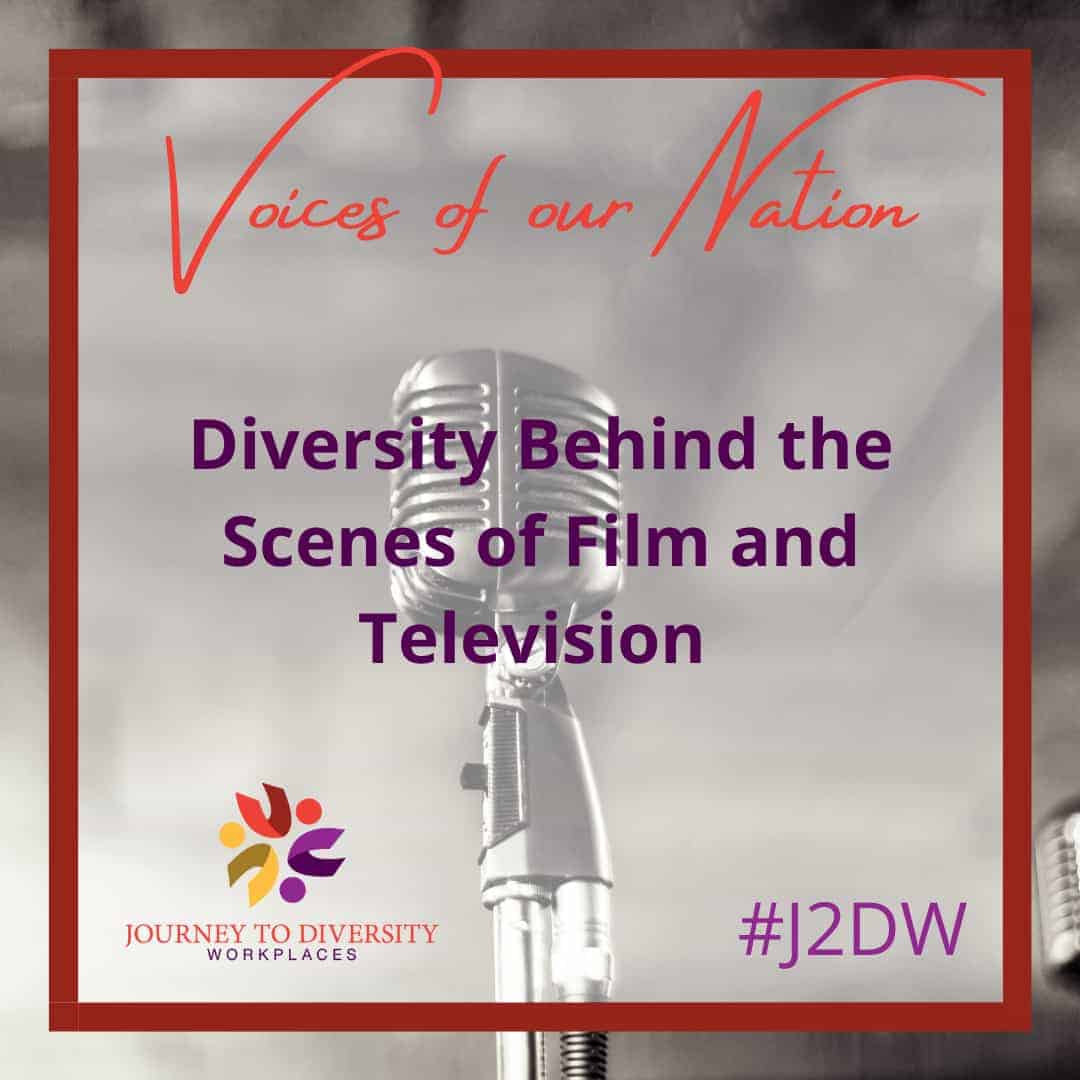When I first watched Mindy Kaling’s hit show ‘Never Have I Ever…’ or Marvel’s Disney+ series ‘Ms. Marvel’, I finally understood what it meant to be visible. Similarly, the implications of Dees Rees’s 2011 film, ‘Pariah,’ ring true for the young, Black, queer women in our society and unearth an avenue for more nuanced discussions regarding race, gender, sexuality, and socioeconomic status. Widely praised and critically acclaimed films such as ‘Everything Everywhere All At Once’ by Daniel Kwan and Daniel Scheinert, and ‘The Woman King’ by Gina Prince-Bythewood, are all glimpses into the rich and complex stories of people grappling with the weight of their multifaceted identities.
Visual media is synonymous with escapism for many, but this feeling is itched, shovelled, and prodded by the humane need to be understood. When we aren’t trying to escape the pains of our lives, we turn to media to trap our loneliness in a loosely screwed jar for a moment in time, so as to feel our aches without its burden.
Storytelling is a means of expression, liberation, communication, and unification, where authenticity trumps everything else. A connection between the artist and the viewer is the truest and purest form of understanding, where both parties face each other in their most vulnerable forms– scared of visibility, but relieved, for they are finally seen. This cannot be curated, imagined, or bought, which is why diverse voices require a seat at the table in the production process of Hollywood media spaces.
Why were these films so well-received by viewers? Why did they garner heated, but important discussions about society’s treatment towards the Alike’s, Joy’s, Devi’s, Kamala’s, and Nanisca’s of this world? The key is the voices behind the scenes that were given the power to take control of these narratives and show us their interpretation of these experiences. In media workspaces, diversity in storytelling, content creation, and any creative direction, is alarmingly scarce. This further perpetuates the stereotype that individuals of the ‘XYZ’ demographic are perhaps just uninterested in creative pursuits. Have we considered the idea that the lack of existing representation diverts aspiring creatives from pursuing their passion? And the alienation, hostility, and hesitancy towards these individuals in such workspaces deter them from the appeal of the work environment?
Racialized and marginalized individuals have to evaluate their careers constantly because their choices hold a greater gravity and can lead to larger consequences than those made by others. The weight of selection and the burden of generational sacrifices that led them to this liberty of choice, nudge them to choose a more stable and less alienating career path, despite their talent, credentials, or capabilities. When speaking of the prejudice behind the scenes, according to the Hollywood Reporter, “81% of white scribes were tapped as showrunner despite no prior management experience, compared to 67% of BIPOC writers who do have that experience” (Sun, 2022).
When we slide our microscope over to the pay gap in media spaces between the average cishet, white man, and everyone else, we understand the hesitancy. The reasons for Hollywood’s singular, narrow (a bit of a generalization, but the point still stands true) approach to media become glaringly obvious; the system was built to avert people of colour, women, and 2SLGBTQIA+ individuals from the creative arts, and if they made it in, it suffocated them till they left or until they stopped buzzing with life.
So how can the media industry change this work environment? What can be done to encourage individuals in the minority to pursue a career in media without seemingly promising them dissatisfaction? That is, besides the unfulfillment an average person might experience in the cold-cut film industry.
The Hollywood Reporter outlines several suggestions, such as: prioritizing equal pay, using your medium to give qualified writers the platform to run their own projects with the freedom to employ, providing multiple accessibility-related resources, and adding a third party to help identify and act up against prejudice in the workspace (Sun, 2022). I would also propose being mindful of the diversity scene in the hiring process, establishing a regulation or policy that protects their rights, and educating yourself and the workplace on EDI-related topics as well as codes and conducts.
If the past few years of film and television have taught us anything, it is that the sun is rising in this beloved industry, and diversity and intersectionality are slowly being allowed to take center stage. It isn’t enough, but it is a start, which only brings me hope for the years to come.
References
Sun, R. (2022, May 24). Study finds racial disparity in writers’ compensation and showrunner opportunities. The Hollywood Reporter. https://www.hollywoodreporter.com/tv/tv-news/tv-writers-diversity-study-1235152849/
This article was written by summer student Ilesha Prabhudesai. This article was funded by the Government of Canada.



